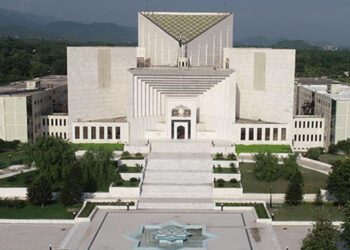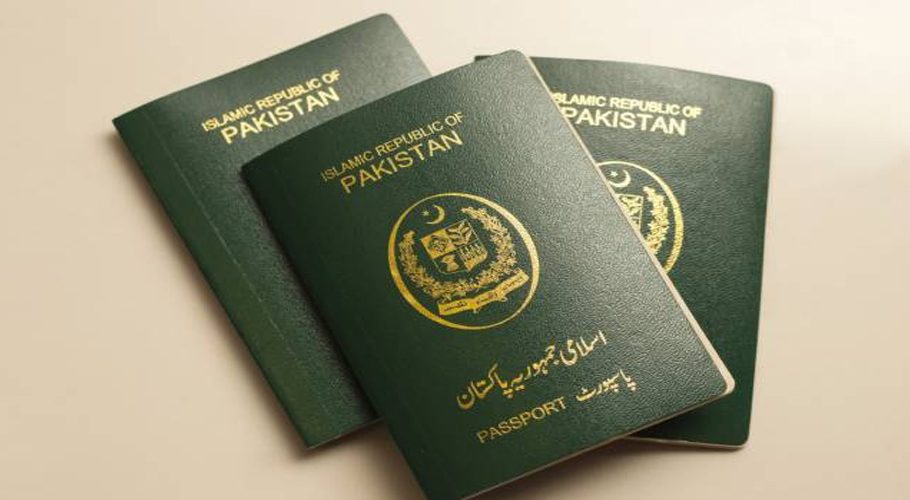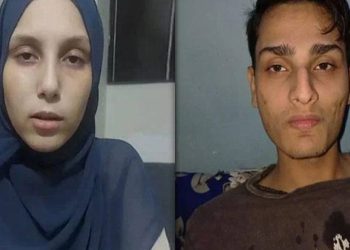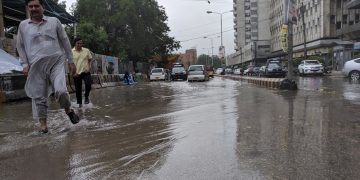A new side effect of COVID-19 has been found, which causes difficulty in recognizing faces, known as “Face Blindness”.
“Prosopagnosia, commonly known as face blindness, is a neurodevelopmental disorder that impairs an individual’s capability to recognize faces. Those with face blindness encounter difficulties in distinguishing between familiar and unfamiliar faces, and frequently rely on non-facial indicators like voice, hairstyle, or clothing to identify individuals.”
A study conducted by Dartmouth College has found that COVID-19 can cause challenges in both face recognition and navigational skills. The findings were published in the Cortex journal.
Annie, a 28-year-old customer service representative and part-time portrait artist, was diagnosed with COVID-19 in March 2020, and experienced a symptom relapse two months later. During the study, the researchers collaborated with Annie, who reported challenges with face recognition and navigation shortly after the relapse.
In addition to face recognition difficulties, Annie also encountered issues with navigation after contracting COVID-19. She struggles to recall the locations of specific sections in her local grocery store and relies on Google Maps, along with its pin feature, to remember where she parked her vehicle.
“When I first met Annie, she told me that she was unable to recognize the faces of her family,” says lead author Marie-Luise Kieseler, a graduate student in the department of psychological and brain sciences and member of the Social Perception Lab at Dartmouth. Annie recounted the time when she was at a restaurant meeting her family for the first time after having COVID-19. She didn’t recognize them, and when she walked past them again, her father called out to her. “It was as if my dad’s voice came out of a stranger’s face,” says Annie, who now relies on voices to recognize people that she knows.
“The combination of prosopagnosia and navigational deficits that Annie had is something that caught our attention because the two deficits often go hand in hand after somebody either has had brain damage or developmental deficits,” says senior author Brad Duchaine, a professor of psychological and brain sciences and principal investigator of the Social Perception Lab at Dartmouth. “That co-occurrence is probably due to the two abilities depending on neighboring brain regions in the temporal lobe.”
“The second assessment that Annie underwent was a doppelganger test, where she was presented with a celebrity’s name followed by two images of faces – one being the celebrity’s and the other being someone similar. Annie was then asked to identify which face belonged to the famous person. In comparison to the control group’s 87%, Annie only identified the celebrity in 69% of the 58 trials.
Moreover, the Cambridge Face Memory Test was conducted to demonstrate Annie’s limited ability to recognize and learn unfamiliar faces. During the test, participants are taught six men’s faces and are then asked to differentiate between the learned faces and others. On average, individuals correctly identify 80% of the faces, while Annie only correctly identified 56%.”
“Our results from the test with unfamiliar faces show that it wasn’t just that Annie couldn’t recall the name or biographical information of a famous person that she was familiar with, but she really has trouble learning new identities,” says Kieseler.
Her test scores in face detection, face identity perception, and object recognition were normal, indicating respectively, that Annie’s problems with faces are due to face memory deficits and are not a more generalized impairment.


































